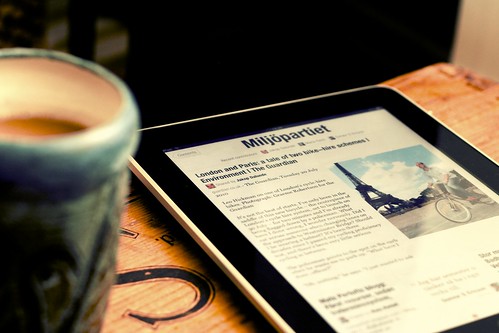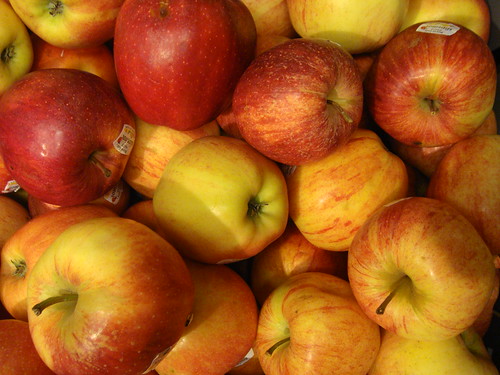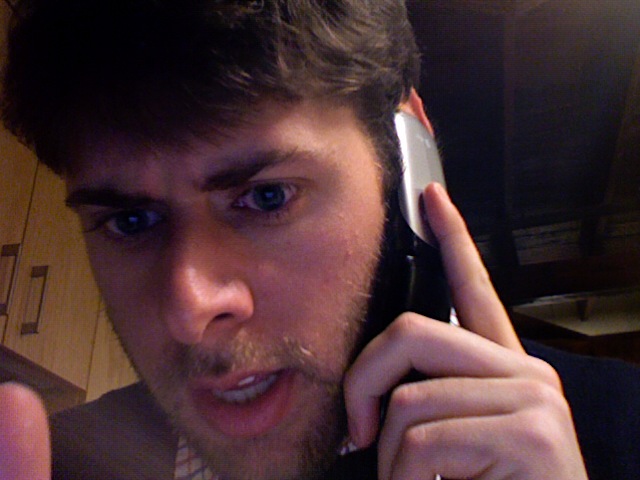
This is Part I of II. Skip ahead to Part II if you’d like using this very link.
18 months ago, I was working at a TV station in San Antonio. I saw that journalism was changing, and I knew I wasn’t a part of the conversation. Every time I saw an interview with a news CEO who said, “There’s a 25 year old out there with the answers for our industry,” I wanted to pull my hair out.
Because I was only 22.
I knew I wanted to be a part of these conversations about the future of journalism, and I sensed that the only way to get there was by doing something big.
So I started Stry.
Above everything else, that’s why I started Stry: To be a part of the conversation about the future of journalism. In the 18 months since, I’ve gotten into those discussions. I’ve been invited to conferences. I’ve spoken at an event where my lead-in was the managing editor of the Washington Post. I’ve talked with people who have more zeros in their bank accounts than I have letters in my last name, and they’ve given me the time to discuss Stry and my ambitions.
Am I a big name in the room? No. But I’ve taken some huge steps from San Antonio to get myself into the conversation.
I’m proud of that. And if that’s all Stry did for me — get me a foot in the door — it would be enough.
❡❡❡
But Stry’s done more for me than just that. It’s also given me amazing opportunities to prove myself.
For one, I wanted to prove myself as a reporter. 18 months ago, I asked myself: If I showed up in a place where nobody knew my name, and nobody knew who I worked for, could I still tell great stories?
Biloxi answered that question for me.
Hell yes, I can.
I also didn’t know jack about business 18 months ago. I’m not sure that I could’ve told you the difference between profits and revenues. I thought QuickBooks was something you could read on your Kindle. I didn’t have the skills, let alone the vocabulary, to work in this world. I didn’t really understand the business behind journalism.
Today, I’m miles ahead of 2010 me. I actually understand this stuff. I’m not an MBA or anything, but the basic underpinnings of business are no longer a total mystery to me.
And biggest yet, as far as I’m concerned:
I learned how to take on risk. I mean, actually shoulder risk. I learned how to take responsibility for my actions, and I learned that I don’t really care if something I do doesn’t work out. Just the simple action of doing — of coming up with an idea, of putting it into motion, of sending it out into the world — is an amazing thing.
Take BooksAround. For that project to get off the ground, I had learn to code. I had to build a website. I had to attempt a Kickstarter campaign, and fail. I had to get back up off the mat, find some money, find some books, buy some books, create a system to document and process all the relevant data, find the people to read the books, and ship off the books. The day that the first books went out was a proud, proud day for me.
❡❡❡

Okay, so a question that’s worth asking:
18 months ago, Dan, you promised to deliver Stry, a nimble news syndicate. You promise to build an editorial team, outfit them with the right tools, send them out on the road, syndicate that content to news organizations, and get those news organizations to pay you for that content.
Did you actually think you could pull that off then? And can you pull it off now?
The answers, one at a time:
Yes.
And maybe.
When I left Texas, I really did think I could pull this off. I saw an industry crumbling. I saw publishers who were angry about how much they were paying the Associated Press for the same content that everybody else has. I thought I could do it better.
I still do.
But everything I was doing was kind of rooted in this one core belief: I really thought I could save news publishers.
I’ve stopped thinking that. Publishers were handed the Internet, the greatest distribution channel in human history, and that hasn’t saved them. They were handed social media, and new ways to engage audiences, and that hasn’t saved them. They were handed the most advanced technology we’ve ever created — DSLR cameras and smartphones and iPads and Final Cut — and that hasn’t saved them.
Point is, me and my merry band of reporters weren’t going to save journalism.
Really, the idea of “saving” this industry is wildly misguided. The deeper I get into this world, the more I see two big conversations happening about journalism.
The first is the big conversation. They’re the 90-whatever percent of journalists who are kind of love with their own demise. They’re the ones who can’t stop talking about how screwed they are. I used to be one of these people.
I’ve realized that I can’t help them. Or more specifically: I can’t fix them.
But then there’s this second conversation. It’s just a little undercurrent. But it’s a room full of people looking at all the amazing tools we have at our disposal, and we’re asking: How can we make journalism more awesome? How can we tell great stories? Let’s shut up for a second about the state of journalism and talk instead about the state of storytelling, because there’s never been a better time to tell stories. So let’s do it!
The secret among this second group is that we know if we do an amazing job telling stories now, in the long run, we’ll be able to build successful businesses around that reporting. So let’s tell some great stories right now, and remind the public of why they love and need what we do.
We have to do that now so that in 10, 20, 50 years, we can have a healthy industry. It’ll take time, but we’ll get there. I really believe that. We’re a society built on narrative. At the root of everything we do, we have stories — stories about who we are, and why we do what we do, and where we’re going. Great storytelling isn’t going away.
So the question for me now is, With all the things I’ve learned, and all that I’m seeing, what the hell do I really want to do about Stry? Those answers in Part II of “What the Hell Do I Do Now With Stry?”










